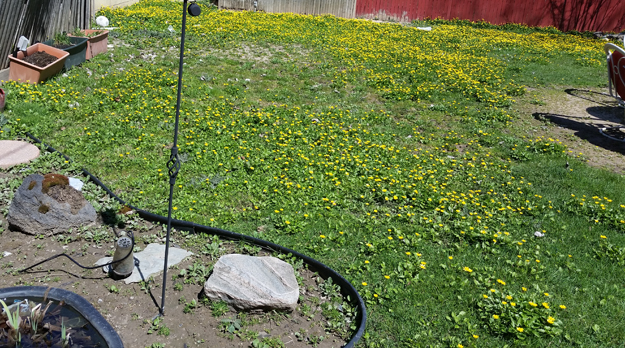Be a citizen scientist by participating in the NY iMapInvasives team’s 5th Annual Invasive Species Mapping Challenge from June 24 – July 8. Four species will be the focus of this year’s challenge: Jumping worm Tree of heaven Water chestnut European frogbit You can help map the distributions of these species. An introductory webinar will be held at 1 p.m. Wednesday, June 24. The webinar will cover the identification of these species and how you can participate. Visit iMap’s website for more information…











